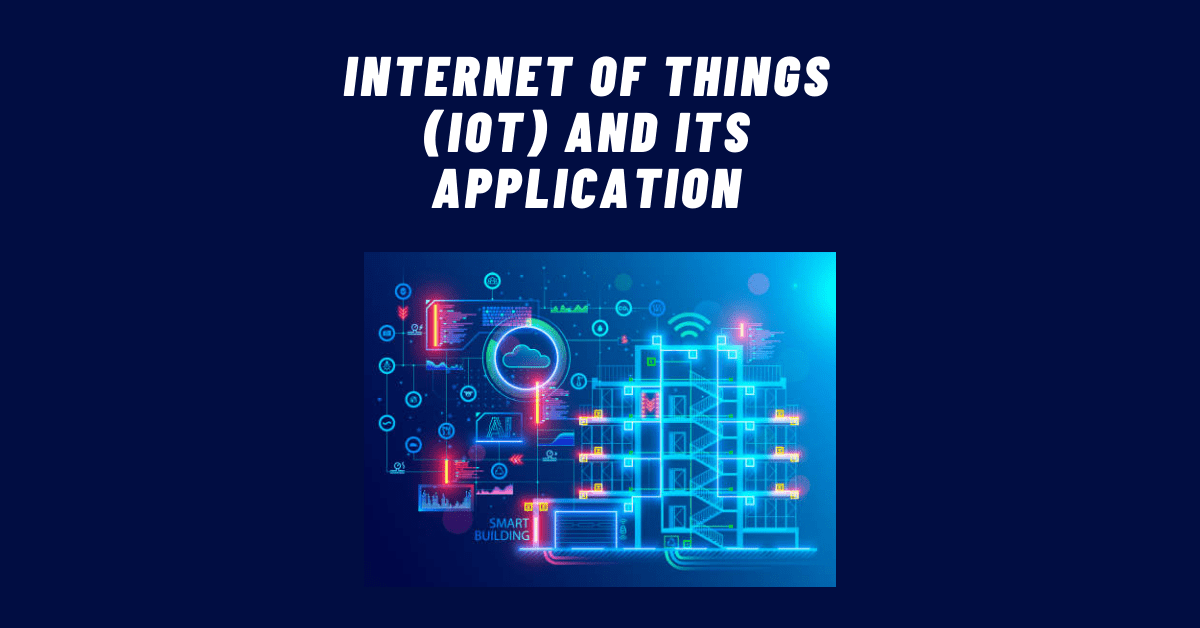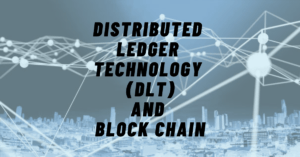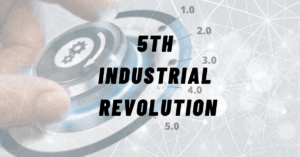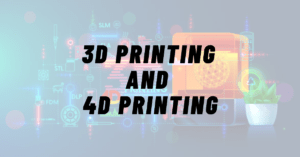What is the Internet of Things (IoT)?
IoT, which stands for Internet of Things, is a word that refers to the interconnection of items and humans over the Internet. IoT technology comes in different forms. Any technology that provides information about its functionality, performance, and event impact can adjust to IoT.
Today, the Internet of Things refers to the billions of physical gadgets connected to the Internet and collecting and exchanging data worldwide. Because of the advent of low-cost computer chips and the easy availability of wireless networks, it is now possible to turn anything, from a drug to an airplane, into a component of the Internet of Things. Connecting these products and attaching sensors to them gives a level of digital intelligence to otherwise unintelligent gadgets. This allows such devices to relay real-time data without involving a human.
Why is the Internet of Things (IoT) so important?
IoT has become one of the most critical technologies of the twenty-first century in recent years. Now we can connect everyday things to the internet via embedded systems, including kitchen appliances, automobiles, thermostats, and baby monitors. Such advances have made seamless communication between people, processes, and things possible.
As we know, physical things can share and collect data with minimum human interaction. The reason behind this is the use of low-cost computers, the cloud, big data, analytics, and mobile technologies. Digital systems can record, monitor, and modify each interaction between related items in this connected world environment. The physical world makes contact with the digital world and works together.
Internet of Things (IoT) Applications
Individual User
IoT gadgets such as wearables and smart homes make life simpler for the average person. Fitbits, cellphones, Apple watches, and health monitors are examples of wearables. These gadgets enhance entertainment, network connectivity, health, and fitness.
Smart homes care for things like setting environmental controls so your home is most comfortable when you arrive. You can remotely start dinners that need an oven or a crockpot. This ensures that the meal is ready when you arrive.
Manufacturing Processes
Using IoT in manufacturing operations increases revenue. By helping the help of this technology, it is possible to manufacture a product from its inception on the manufacturing floor to its placement in the final shop, tracking the whole supply chain from beginning to end. These sensors can collect data on travel duration, product condition, and environmental conditions to which the product has been subjected.
Sensors connected to manufacturing tools help identify incapability in production, reducing lost time and cost. However, other sensors installed on the same equipment can also follow the machine’s performance, predicting when the unit will need repair and preventing costly failures.
Transportation and logistics
Most people must have heard about the progression of self-driving automobiles. However, this is only a tiny portion of the great potential of transportation. The GPS, another example of IoT, is used to help transportation businesses plot faster and more effective routes for vehicles transporting goods, reducing delivery times.
There has already been significant progress in navigation, which refers to a phone or car’s GPS. However, city administrators can utilize such data to help predict traffic patterns, parking space demand, and road development and maintenance.
Healthcare
First of all wearable, IoT devices allow hospitals to monitor their patients’ health at home, minimizing hospital stays while still delivering up-to-the-minute real-time information that can save lives. Smart beds in hospitals keep personnel aware of available space, reducing wait time. Putting IoT sensors on critical equipment means fewer failures and greater dependability, which can mean the difference between life and death.
It also makes elderly care much more comfortable. In addition to the above-mentioned real-time home monitoring, sensors can also detect if a patient has fallen or has a heart attack.
Monitoring Environment
Environmental factors such as humidity, temperature, and illumination can be monitored with IoT sensors. The data given by IoT sensors can help in the development of algorithms that manage energy use and make the necessary changes, therefore removing the human factor. Businesses and individual households may benefit from considerable energy savings with IoT-driven environmental control, which helps everyone in the long term, including the environment!
On a larger scale, data collected by the Internet of Things (IoT) can be utilized to improve efficiency. Moreover, the sensors can help in the identification of failures early. This creates the opportunity of increasing the response time of repair crews and decreasing blackout times.
Closing Thoughts
Considering the mentioned applications, the Internet of Things (IoT) promises to innovate our surroundings, homes, cities, businesses, and cars by making them intelligent. It is paving the way towards easier life making it easy to whether it is listening to music or setting timers, and finding information. Moreover, a more secure future is possible with home security systems making it simpler to keep an eye on what is going on inside and outside the house.
Aside from that, many of the innovations listed are already in a position to some level. One thing is certain: there is no turning back. The Internet of Things provides an unprecedented level of control and efficiency that no industry can ignore.




